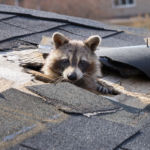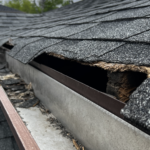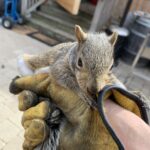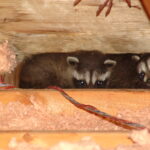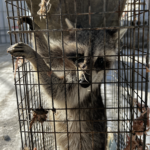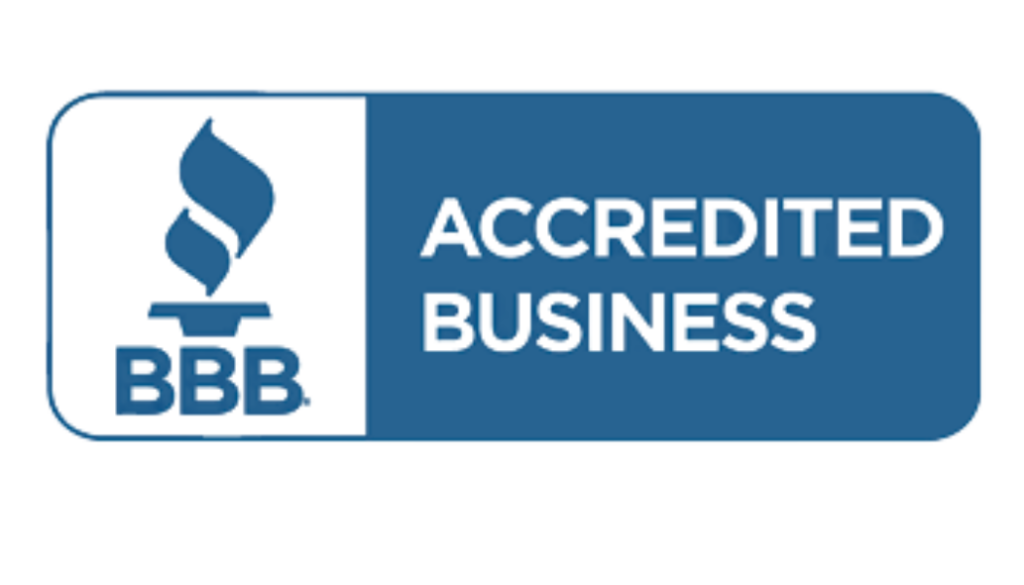Among the many concerns that autumn brings, one of the most significant is the increased activity of mice, rats and other rodents. These small, elusive creatures can create havoc in and around your home during the fall. In this blog post, we’ll explore the behavior of mice and rodents in the autumn and shed light on the health risks associated with their unwelcome presence.
Mice and Rodents in the Fall
- Seeking Shelter: As temperatures decrease, mice and rodents are on the lookout for warm, sheltered spaces to escape the cold. Your home, garage, or shed can be an attractive option for them.
- Increased Activity: During the fall, mice and rodents become more active as they gather food supplies for the winter months. This heightened activity can lead to more sightings and property damage.
- Breeding Season: Fall is also a breeding season for many rodent species, leading to an increase in their populations. A small rodent issue can quickly become a full-blown infestation.
The Health Risks
The presence of mice and rodents in and around your home poses several health risks, making it crucial to address the issue promptly:
- Disease Transmission: Mice and rodents are known carriers of diseases such as Hantavirus, Salmonella, and Leptospirosis. Their droppings, urine, and saliva can contaminate surfaces, food, and the air, potentially leading to infections.
- Allergens: The proteins found in rodent droppings and dander can trigger allergies and respiratory issues in sensitive individuals.
- Property Damage: Mice and rodents can gnaw on electrical wiring, insulation, and structural materials, leading to costly repairs. They also damage food stores and contaminate food items with their urine and feces.
- Fire Hazard: Gnawed electrical wires pose a significant fire hazard, as exposed wires can spark and ignite nearby materials.
Addressing the Issue
To mitigate the impact of mice and rodents in the fall, consider the following:
- Living with rodents such as rats and mice can be a significant threat to human health, as they can transmit various diseases, including salmonella, leptospirosis, rat-bite fever, and hantavirus. These pests can also contaminate food and surfaces with their feces and urine, potentially causing bacterial infections. To protect human health and prevent the spread of these diseases, it is crucial to take measures to control and eliminate rat and mouse infestations.
- Traditional pest control methods involving poisons and toxic chemicals can be dangerous for pets, children, and non-target animals such as birds and other wildlife. Ingesting these poisons can be harmful to health and the environment, while snap traps and glue boards can cause harm if accidentally triggered by an animal or child. Moreover, rats and mice can cause structural damage to homes by chewing on wires and insulation, posing fire hazards and compromising energy efficiency.
- Prompt and effective action is necessary to address any infestations and avoid these health and safety concerns. Instead of using traditional methods like poison or physical traps, it is more ethical and effective to use humane traps like those offered by Gates Wildlife Control. These traps can safely and quickly dispatch rodents without posing risks to pets or children, eliminating the hazards of snap traps and glue boards. By choosing Gates Wildlife Control, rodent populations can be controlled effectively while maintaining an effective and safe approach.
Mice and rodents become more active and pose increased health risks in the fall, making it essential to take action to prevent infestations. By understanding their behavior and implementing preventive measures, you can protect your home and family from the health hazards associated with these unwelcome guests.


